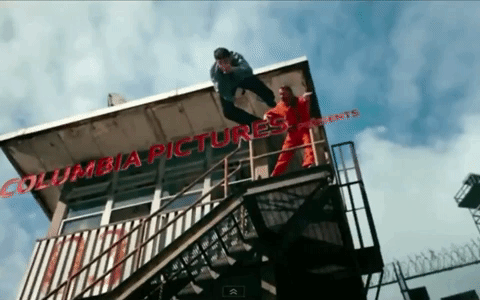SHOT TYPES
Dolly Shot
When the camera rolls on wheels or on a track.

Zoom
Camera doesn’t move. The focal length (or view width) is what changes.

Dolly Zoom
Camera moves in and zooms out at the same time (or the reverse). The camera is moving AND the focal length is changing.
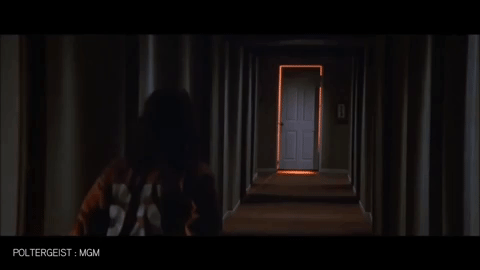
Handheld/Steadicam Shot
A steadicam is used to get a smooth shot while moving the camera in places where a dolly isn’t practical.
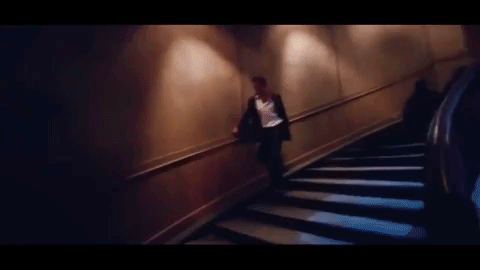
Tracking Shot
When the camera tracks (or follows) the movements of a character. A tracking shot does not always have to follow from behind the character.

Trucking Shot
Camera moves backwards as the subject follows the camera.
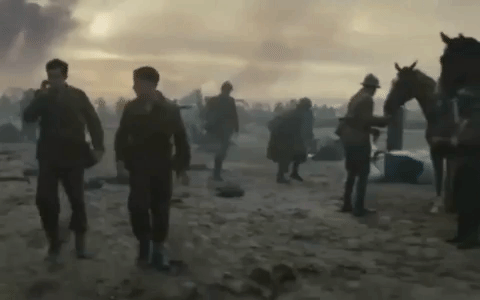
Crab Shot
When the camera moves sideways like a crab. Camera could be handheld, or move with a steadicam or on a dolly.
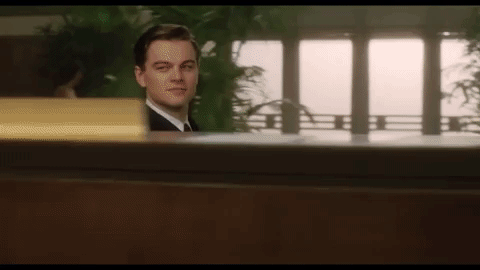
Arc Shot
Camera travels in a circle (in an arc) around the subject.
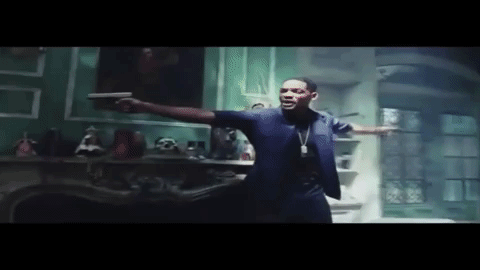
Crane Up/Crane Down
When the camera is raised up or lowered down on a crane (like the camera is riding on an elevator).

Tilt
When the camera points up or points down. The camera doesn’t move locations, just changes where it is pointing.

High Angle Shot
When the camera is looking down on the subject from above.
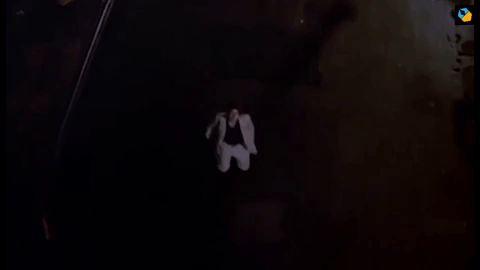
Point of View Shot (POV)
When the camera shows something as if you were looking through the character's eyes.
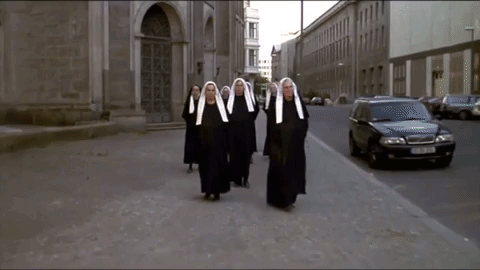
Extreme Wide Shot (Establishing Shot)
A shot that shows a setting or location. If there are characters in the shot, the characters will appear to be very small. The camera can be moving or zooming, but it can also be a still shot.
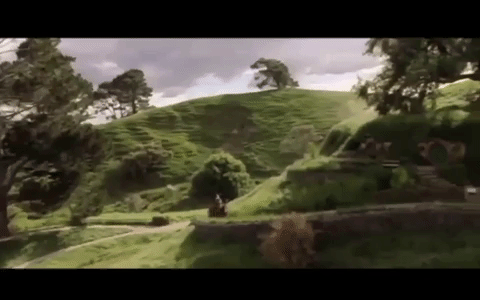
Wide Shot
Characters are visible from head to toe, but they fill most of the frame.
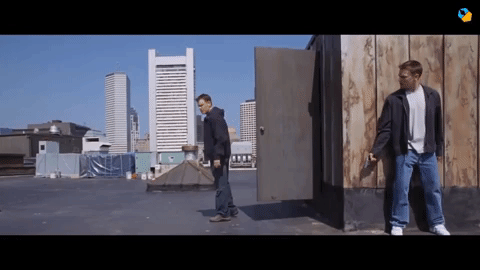
Mid Shot/Medium Shot
This shot shows the character from about the waist up.
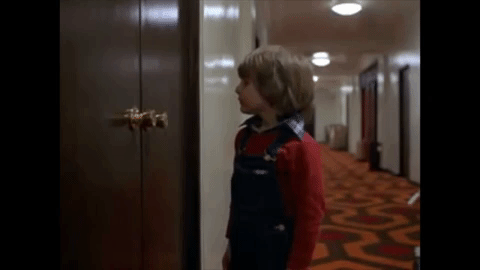
Closeup
Most of a character’s face can be seen in a closeup shot. The top of the head could be cut off and it still would be a closeup. This type of shot could also show closeup of an object or a character holding an object like a weapon or a cel phone, etc.
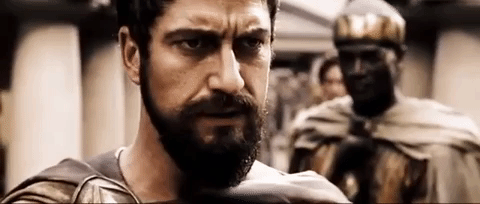
Extreme Closeup
An extreme closeup shows only a small portion of a subjects face or a small piece of an important object (a drop of blood on a shirt, etc.).
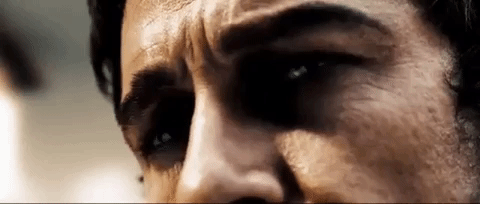
Two Shot
When two characters are shown together in the same shot. The characters can be standing or sitting, but this shot type is generally a still shot (no movement by the camera or the characters).
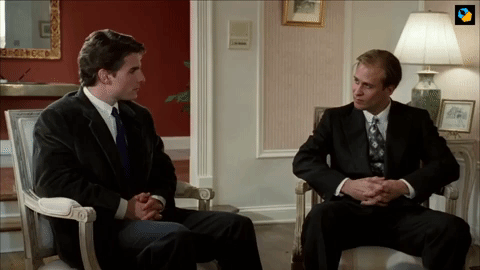
Over the Shoulder Shot (OTS)
When the camera looks over the shoulder of a character. This shot type is frequently used to shoot a conversation between two characters, but it can also be used to show something else that the character sees.

Dutch Angle/Dutch Tilt
When the camera is tilted sideways at an angle (as if you were tilting your head sideways). This creates a feeling of psychological uneasiness or tension.
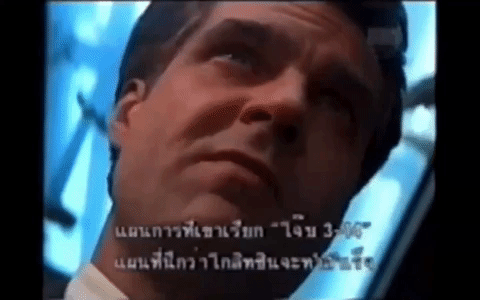
Slow Motion
When the shot is slowed down to focus the viewer’s attention on a single action or moment in time.
